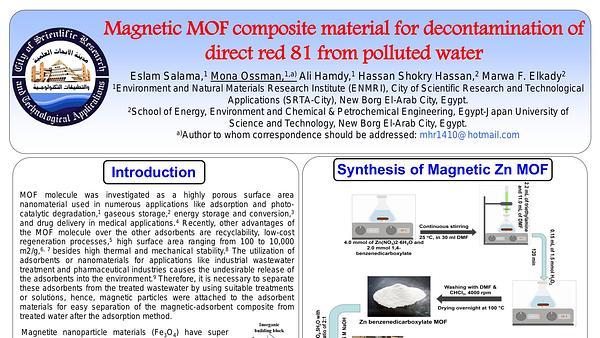Would you like to see your presentation here, made available to a global audience of researchers?
Add your own presentation or have us affordably record your next conference.
Magnetic hydrogels, or ferrogels, are smart materials that can mechanically deform in response to an applied magnetic field. Ferrogels possess potential applications in soft robotics, tissue engineering, artificial muscles, and controlled drug release due to their soft tissue-like state and biocompatibility potential. Hydrogels are a 3D hydrophilic polymer network linked by physical or chemical crosslinking, whereas ferrogels are a composite material that possess magnetic responsiveness due to the incorporation of a magnetic additive. Polyvinyl Alcohol (PVA) is unique among hydrogels due to the formation of physical crosslinks when subjected to cycles of freezing and thawing, enhancing mechanical properties without the use of a crosslinker that could compromise biocompatibility. The first aim of this work is to understand the differing effects of magnetically soft and hard additives on the magnetic, mechanical, and magnetoactive properties of PVA ferrogels by investigating PVA hydrogels impregnated with soft and hard magnetic particulate (magnetite (Fe3O4) and strontium ferrite (SrFe12O19), respectively). While magnetically hard polymer composites allow for more complex motion and actuation, soft magnetic additives often allow for greater response due to particle realignment when under a magnetic field. The next aim of this work studies the effects of magnetic annealing these ferrogels during crosslinking by comparing their resulting magnetic, mechanical, and magnetoactive properties with analogous control samples. Magnetoactive properties are determined by quantifying the angle of sample deflection in an applied transverse magnetic field, via a custom digital image overlay program. Scanning Electron Microscopy (SEM) is used to analyze the structural features of the hydrogel matrix and magnetic particulate. Results yield highly magnetoactive hydrogel samples with tunable responsiveness based upon magnetic particulate type, content, and presence of magnetic annealing. Figure 1 shows the magnetic responsiveness of ferrogels at varying magnetite contents.
